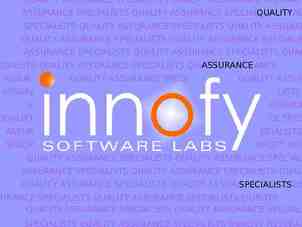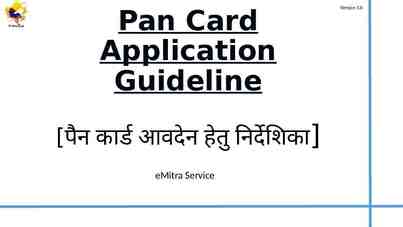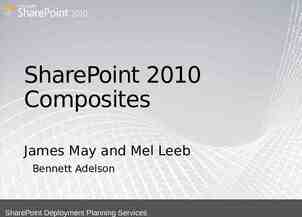Workshop Document: WS ENUM-8-E Original: English ENUM Call Flow
7 Slides68.00 KB
Workshop Document: WS ENUM-8-E Original: English ENUM Call Flow Scenarios Steven D. Lind AT&T 1 973 236 6787 [email protected]
ITU Telecommunication Standardization Bureau Study Group 2 Tutorial Workshop on ENUM Geneva, 8 February 2002 SOURCE: Steven D. Lind TITLE: ENUM Call Flow Scenarios Document No. 8-E
Overview Cover 3 “call” scenarios – – – – IP-based to IP-based CSN to IP-based IP-based to CSN IP-based origination of global services is a special case Based on certain assumptions Applications are only examples; others possible
Communication between IP-based terminals DNS 3. DNS returns all NAPTR records associated with FQDN 1. End user enters E.164 Number: 1-973-236-6787 (e.g., in to: field) 2. Application client formats number into FQDN (e.g., 7.8.7.6.6.3.2.3.7.9.1.e164.arpa) and looks up name in DNS IP-based Network 4. Application selects appropriate NAPTR record (e.g., mailto:[email protected]) and completes processing
Call from CSN to IP-based Networks 6. Call is completed to port of designated user 3b. DNS returns NAPTR recs, eg: sip:[email protected] 5. Call is routed to designated IP address DNS 4b. DNS returns IP address of host (sip.att.net) SIP Client SIP Server IP-based Network CSN 1. End User dials E.164 Number: 1-973-236-6787 2. CSN Provider forwards to appropriate Gateway Gateway 3a. G/W formats FQDN 7.8.7.6.6.3.2.3.8.9.1. e164.arpa; looks up FQDN in DNS 4a. G/W looks up host name for sip.att.net in DNS
Call from IP-based to CSN Networks 2b. DNS returns NAPTR recs, eg: tel: 19732366787 1. End user dials E.164 Number: 1-973-236-6787 DNS SIP Client 2a. SIP Client formats number into FQDN and looks up in DNS 3. SIP Client initiates INVITE SIP Server 4a. SIP Server looks up G/W address in Location Server 5. SIP Server routes call to appropriate G/W IP-based Network CSN 6. Gateway completes call through CSN Gateway LS 4b. Location Server returns IP address of G/W
Summary ENUM can be used on application specific basis – Each application looks for a specific NAPTR record (or discreet set of records) that it can process Potential for communication control application – Takes in all NAPTR records and uses application and priority information to make communication between two parties efficient – Subscriber can exert some control within the parameters of the defined NAPTR record












